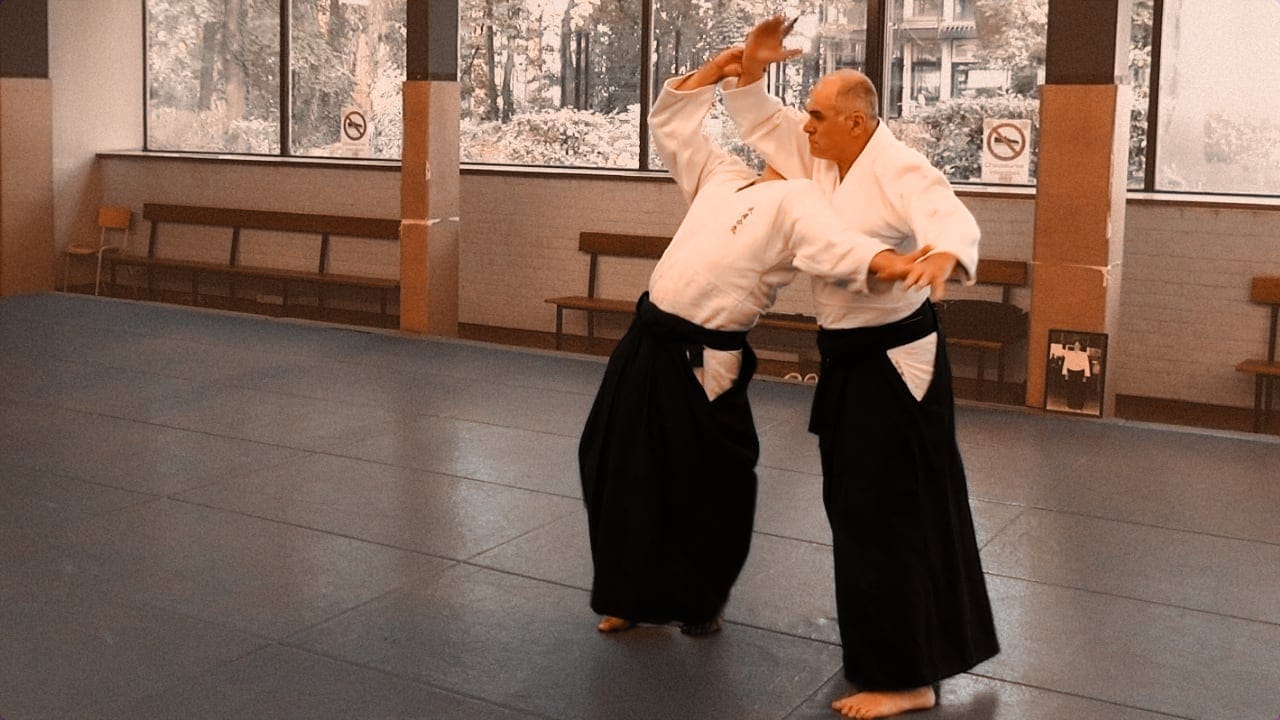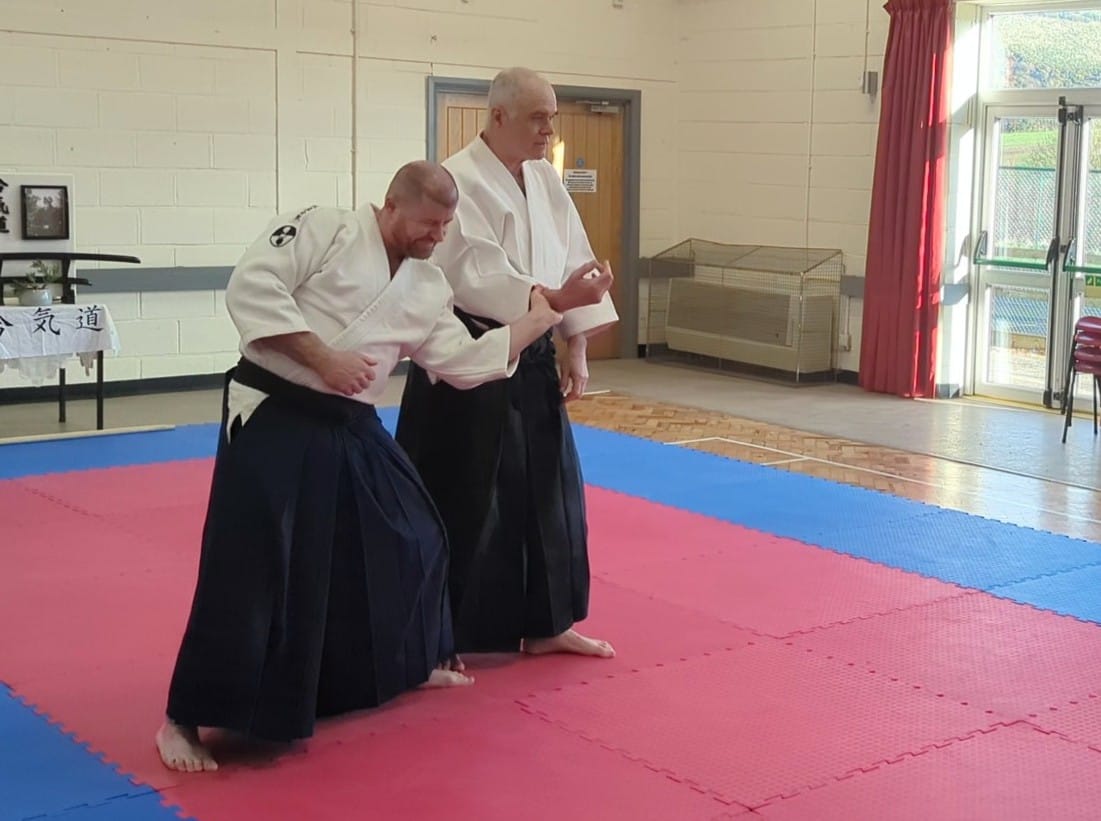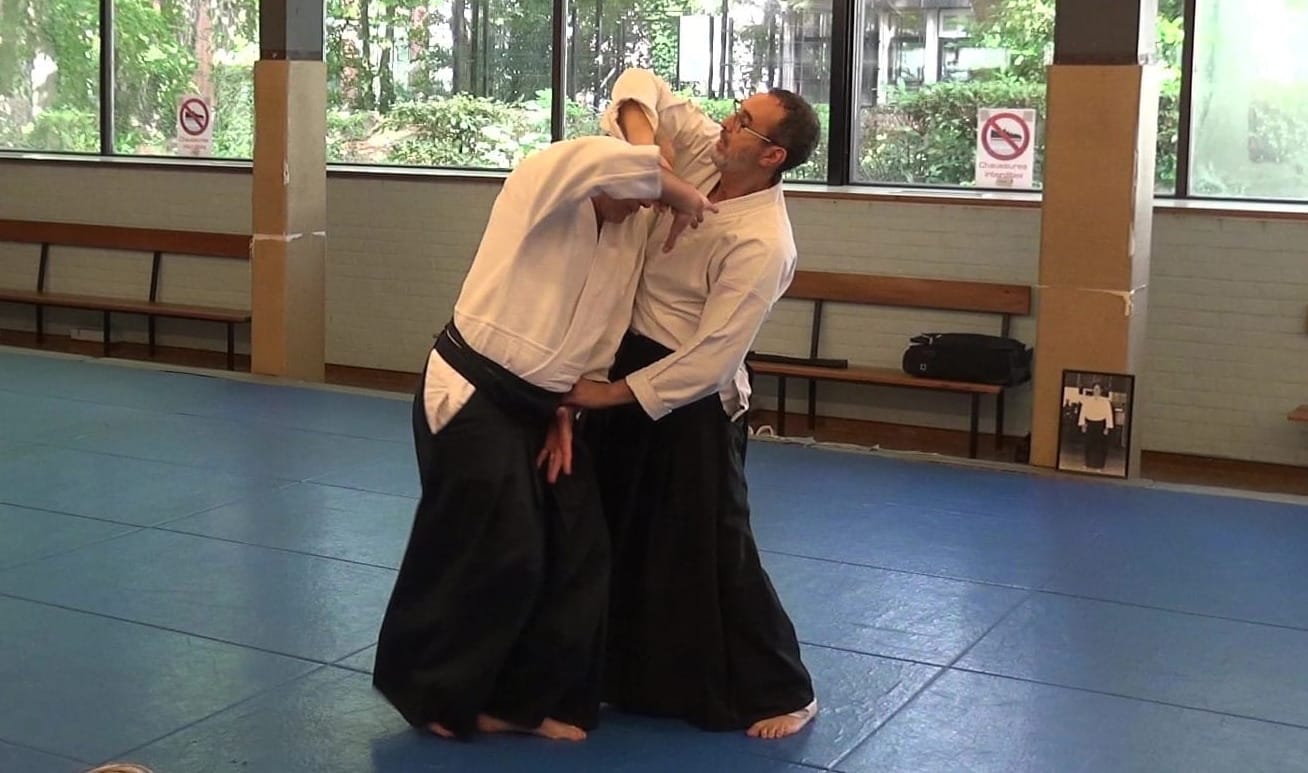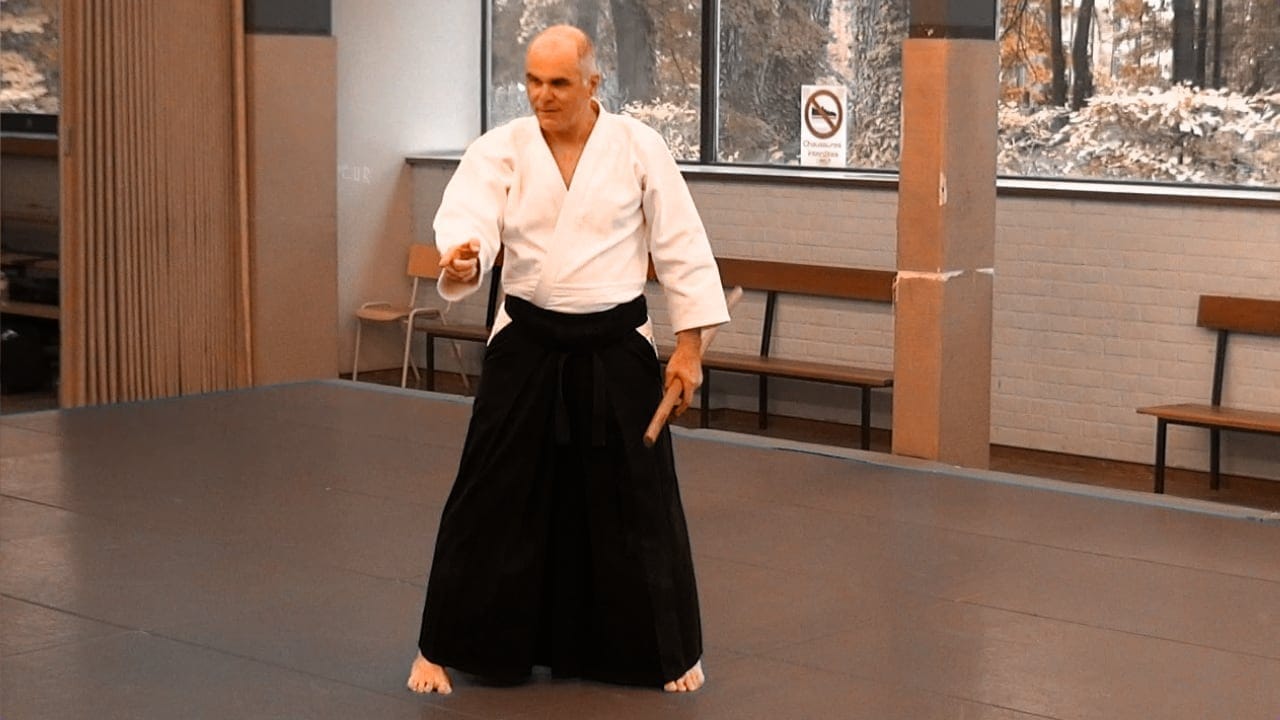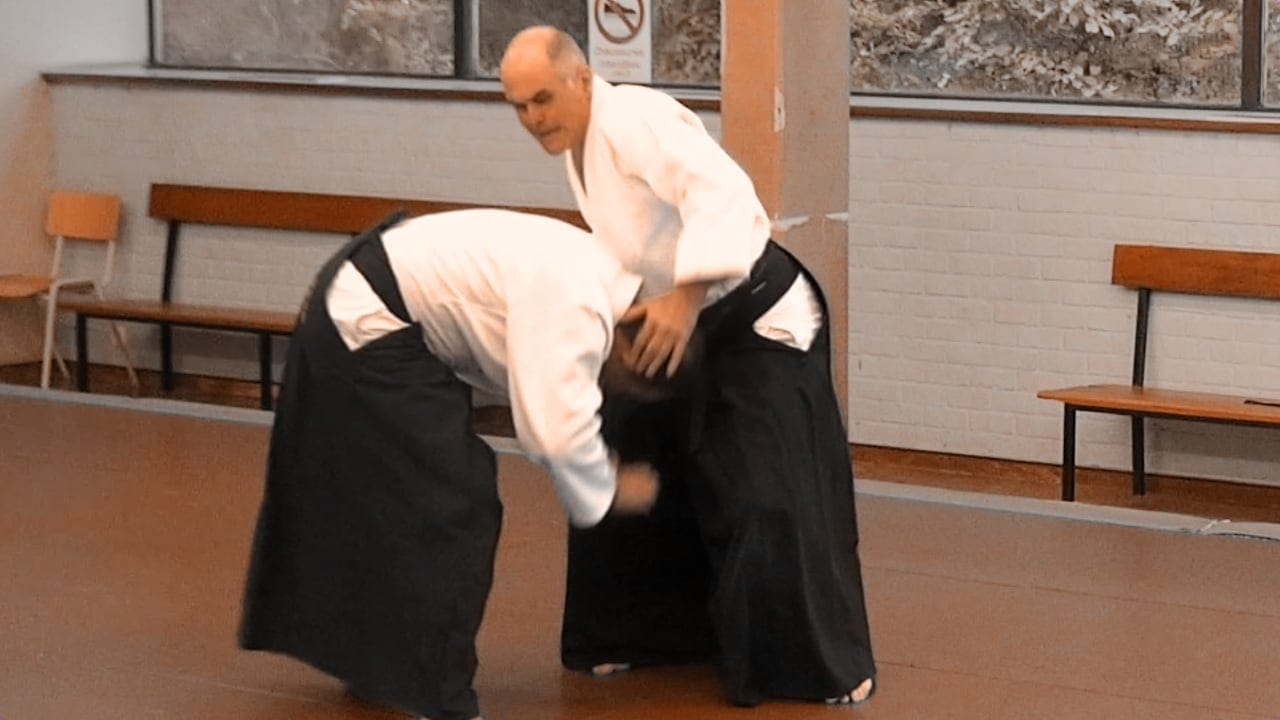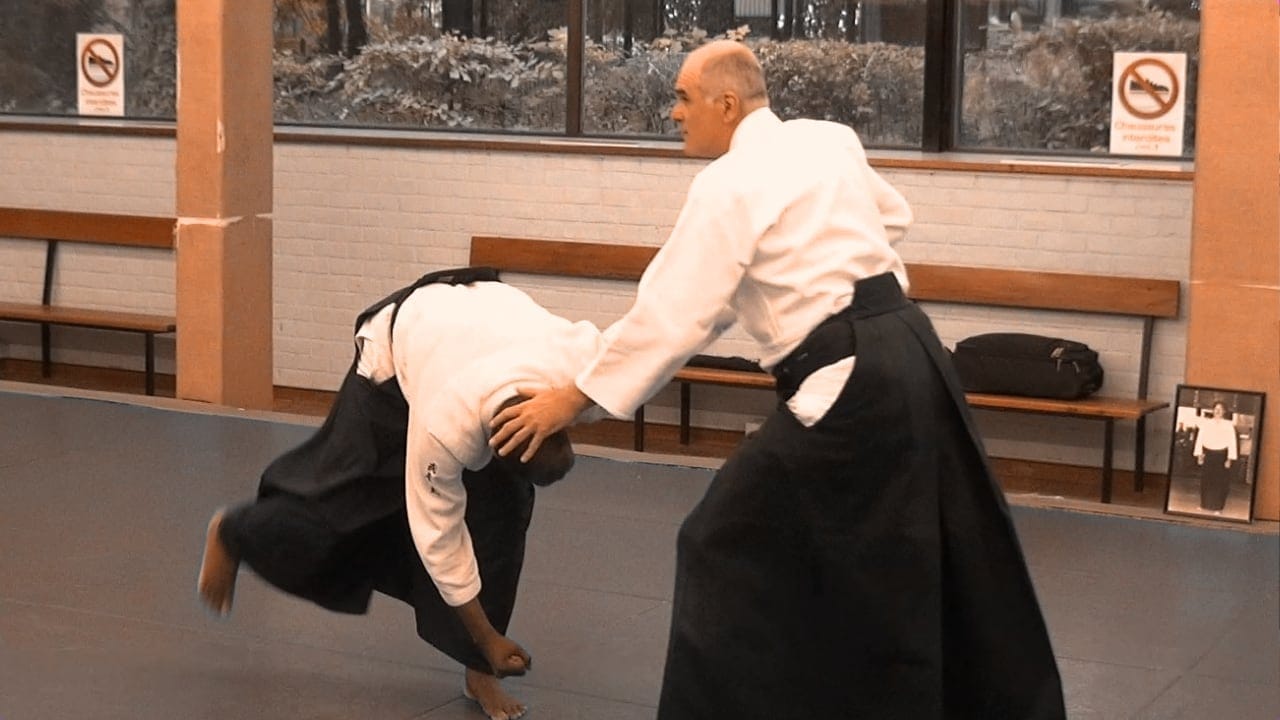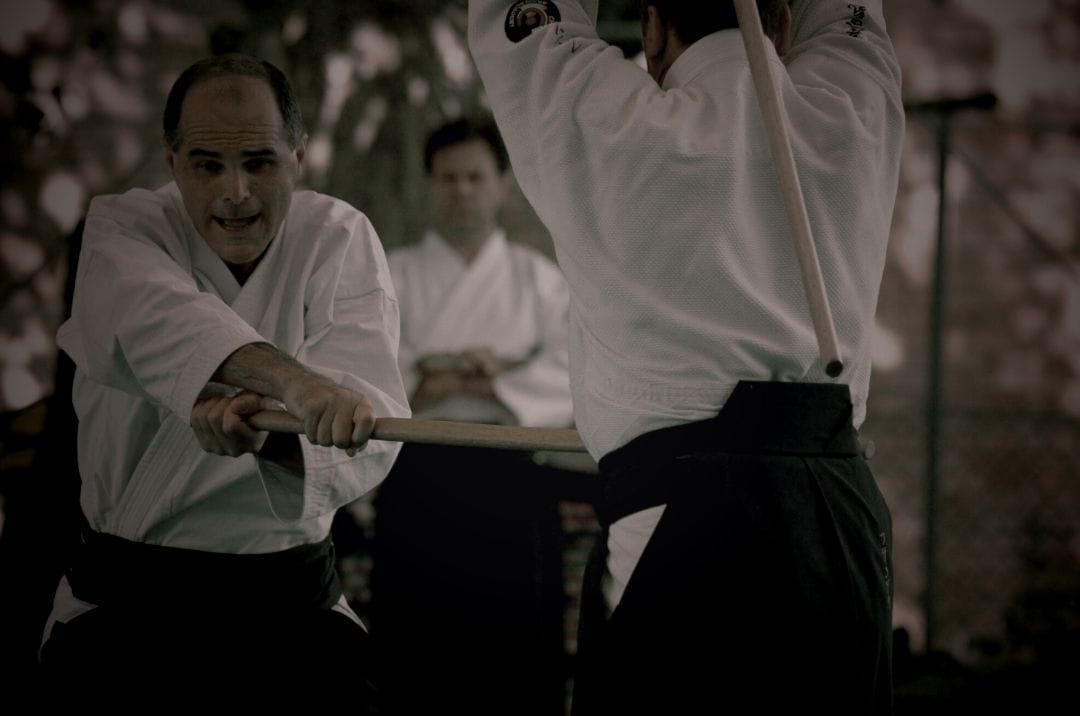If irimi-tenkan is indeed the principle of Aikido, it is one, in other words it is unique, identical to itself in all circumstances.
When this principle is put into action, however, it is done so in two symmetrical modes of energy, and it depends on them for its expression, even though - born of it - they are secondary to it.
These two modes are opposite and complementary in nature. We've got into the Eastern habit of calling them yin and yang, but that doesn't get us anywhere, because all we're doing is dressing up ignorance with words; ignorance now has a name, but it remains. The scientists who preceded Lavoisier and his discoveries about oxygen explained combustion in the same way: fire burns because it contains a ‘ phlogistic fluid ’ (phlogistos in Greek means flammable)... Big deal, fire burns because there's something in it that burns!
So let's try to find out what, concretely - that is, for us - can be yin or yang in an Aikido technique. There is an answer to this question: it's the direction of rotation. Rotation is in fact the energy of the Aikido movement, and this energy always develops in two opposite directions. Whatever direction of rotation is used, it has its symmetrical counterpart: where one is yin, the other is yang, and vice versa.
The direction of rotation is therefore the concrete manifestation of yin and yang as far as Aikido movement is concerned. It can have the attributes of yin or yang depending on the circumstances. Because yin and yang have no meaning in themselves, they only have one in the relationship they have with each other and which unites them.
Now that we've gone a little further, let's try to go even further. What form does the direction of rotation take?
From the hanmi position, depending on whether the rotation is in one direction or the opposite direction, it is tori's front foot that is thrown first or his back foot. The video shows a rotation that throws the front foot first:
The direction of rotation therefore throws one of the two feet forward, and the symmetrical direction of rotation throws the other foot forward as well. In both cases, this first part of the Aikido movement is called irimi. Depending on the direction of rotation, irimi is therefore manifested sometimes by the initial advance of the front foot, sometimes by the initial advance of the back foot.
Consequently :
1 - The fundamental choice is the direction of rotation, which determines the direction of movement. Once the direction has been chosen - whether with the front or the back foot - what happens next is invariable: the rotation pulls the remaining leg into the tenkan part of the movement.
2 - There is no other movement in Aikido. This is the consequence of two things: starting from the hanmi position and the fact that the motor of the action is rotational. This is why daily practice systematically begins with tai no henka (start with the essentials). This is a prescription from O Sensei.
3 - This movement, always identical to itself, enables a compromised situation to be restored (which is why it is also called tai sabaki). It allows tori to move in six different directions (roppo) from the hanmi position. O Sensei explained this.
4 - Of these six directions, three turn in one direction and the other three turn in the opposite direction (by virtue of the two directions of rotation, i.e. yin and yang). So there is an inner spiral and an outer spiral. O Sensei also explained this.
5 - Each time a direction is engaged, the spiral that characterises it must be completed (this is the principle of unity of action).
Anyone who understands the five points above understands Aikido, everything else is just technique, and a good method is enough to learn technique.

